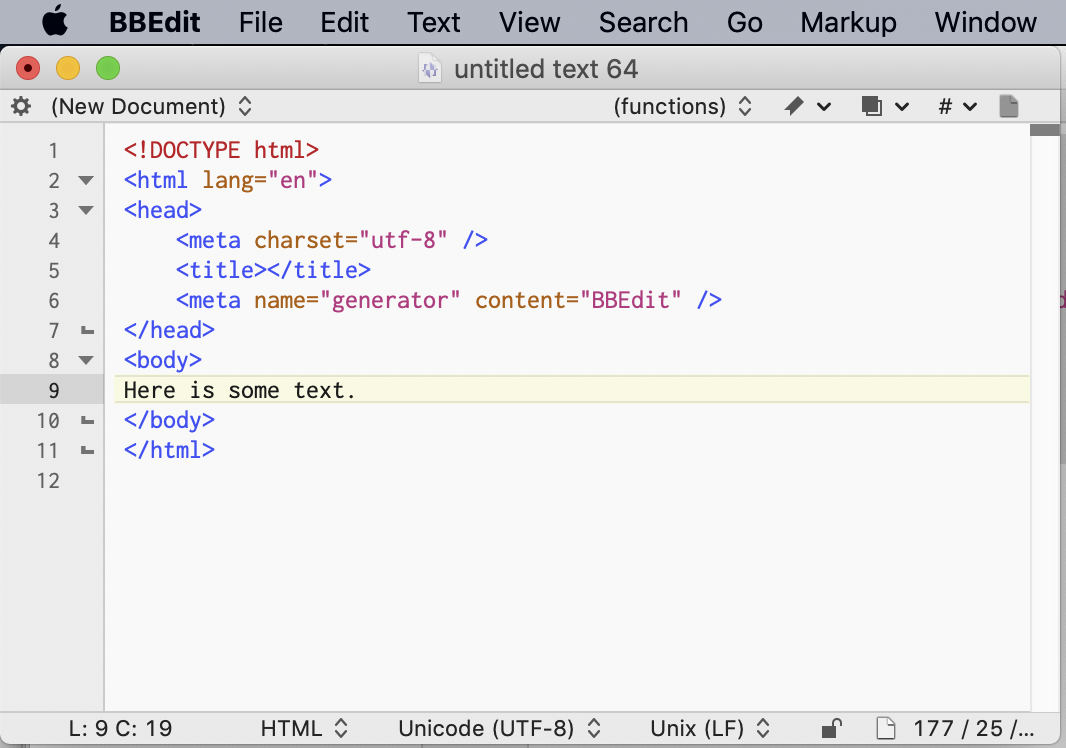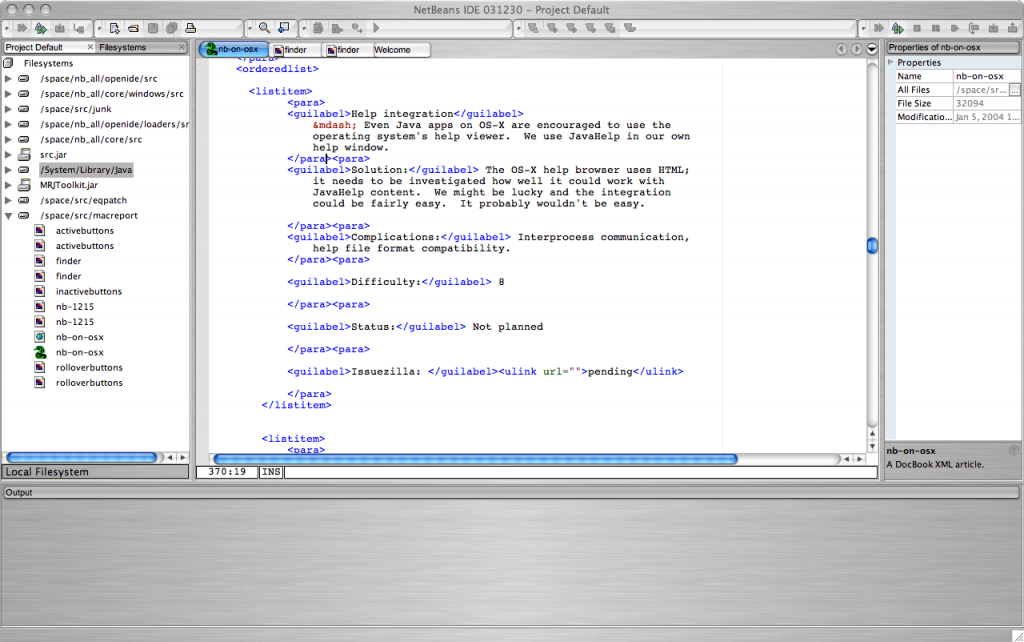

Be certain that whenever you’re using sudo, you’re not mistyping file paths or changing files that shouldn’t be changed, etc. With this great power comes great responsibility. Several commands listed throughout this guide will make use of sudo, which allows for users to elevate their security privileges to that of “root” or “superuser”. 1.1 A Word of Cautionīefore you jump in to Terminal and begin executing commands, I want to add a word of caution. However, to users with inexperience using Terminal or even the command line in general, it can, at first glance, look downright daunting and uninviting! Therefore, this guide aims to make your time in Terminal as painless as possible, teaching you some fundamental concepts along the way. Many experienced web developers know how indispensable of a tool Terminal can be for completing their work. Configuring Virtual Hosts and hostnames.Areas and items you will be working through: The second optional item is to enable the Apache PHP Module.

The first optional item is to leverage the customization of Virtual Hosts and local hostnames. You’ll then have the ability to navigate to to view an index of your local sites (where “username” in the URL is swapped out with your actual username). I want to provide my readers with a few additional options and flexibility, as everyone’s needs are different.įor example, the initial Apache configuration will set you up with a local Sitesdirectory in your home folder where all of your local sites will live.

This guide is taking a new approach as compared to my previous guides for Apache. Note: as of writing, macOS Sierra currently ships with Apache 2.4.23. And with that notion in mind, this guide aims to assist macOS Sierra users in having Apache up and running with minimal fuss.
SIMPLE HTML EDITOR FOR MAC OS X INSTALL
Especially if you preform a clean install when you update your operating system. For example, a previously working Apache web server in El Capitan will more than likely need to be reconfigured for Sierra. New features and enhancements are in store for macOS Sierra, but as web developers, we know that major OS updates can leave things a bit odd depending upon our development environments. And with this latest iteration of the Mac desktop operating system - dubbed Sierra - the Californian landmark naming convention continues, too. During the World Wide Developers Conference on June 13, 2015, Apple officially announced that the next version of OS X will be branded as macOS.


 0 kommentar(er)
0 kommentar(er)
